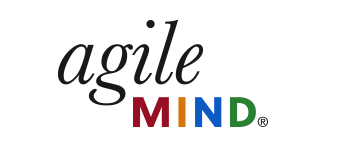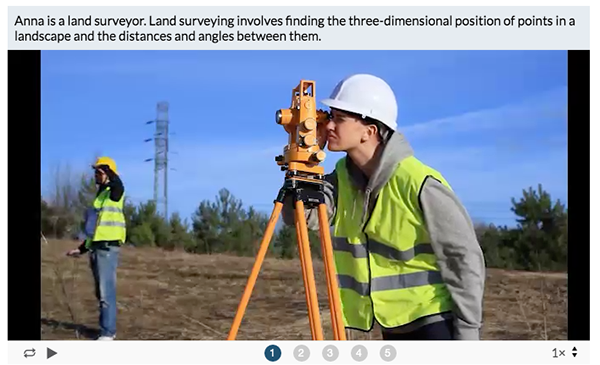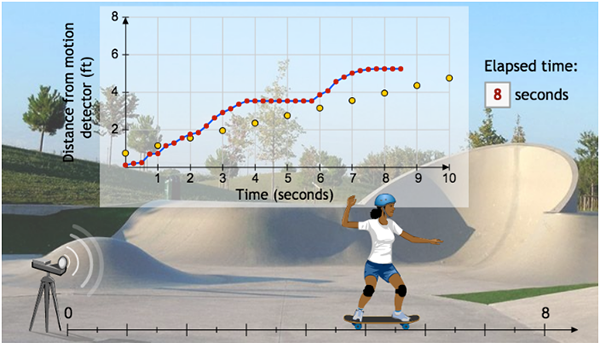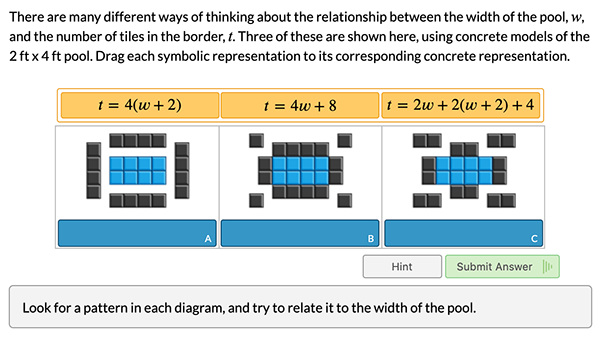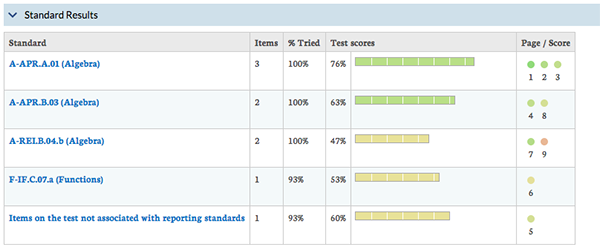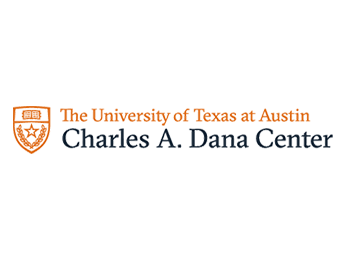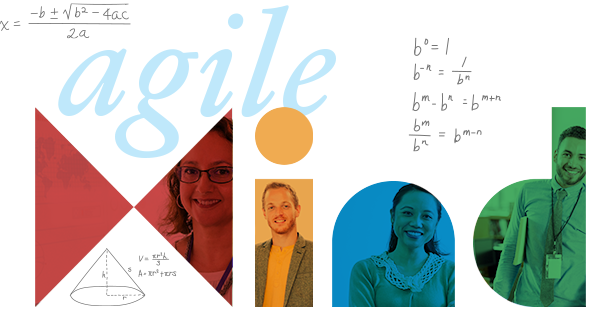Agile Accelerator provides supplemental instructional and assessment resources for math and science that support a variety of learners across multiple grade levels. Interactive animations and simulations of key concepts and practice and assessment resources aligned to your standards equip educators to monitor progress and ensure all students are meeting expectations.
Experience the Power
Relevant, flexible learning resources
Real-world scenarios, rich problem-solving tasks, and multiple entry points promote students’ engagement, critical thinking, and problem-solving skills. Differentiation tools help target needs for individuals, small groups, and whole class instruction.
Learn how our blended print and digital resources are being used to support distance learning.
Powerful visualizations and interactivity
Hundreds of animations and simulations support the learning needs of all students with interactivity and multiple representations of mathematical relationships. Visualizations deepen student understanding of central concepts that are otherwise difficult to teach.
Balanced practice and assessment
Accelerator includes thousands of assessments expertly aligned to standards, reading level, and cognitive difficulty. Engaging, interactive practice sets — accessible by computer, tablet, and smartphone — support conceptual understanding, application, and procedural fluency.
Progress monitoring for success
Real-time reports pinpoint progress and gaps in learning by individual and by group. Identified needs and opportunities for additional challenge can be addressed with supporting instruction and practice resources.
Nationally respected authors
Our learning and assessment resources are developed in collaboration with the Charles A. Dana Center at The University of Texas at Austin.
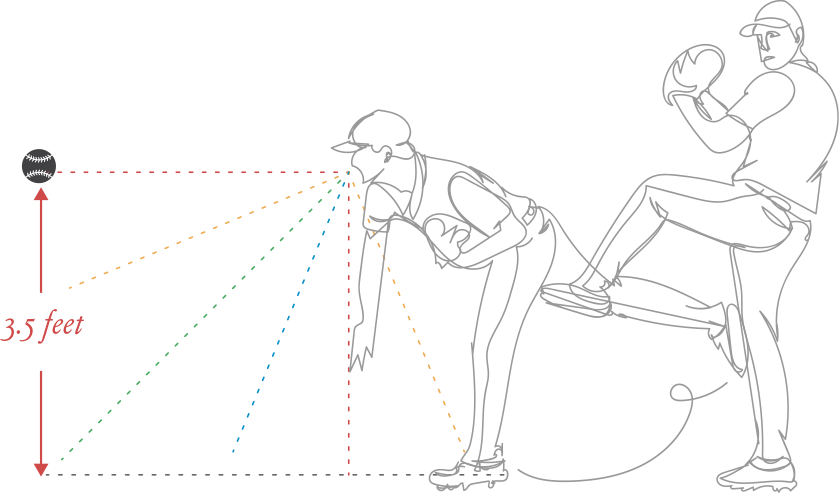
“It’s really helpful to use the data from Agile Mind to see where my students’ misconceptions are. And the animations, practice, and application resources help me address the gaps I find. Now we are able to really look at each student, to help with interventions, differentiations, and groupings.”
Middle school teacher, Washington state
